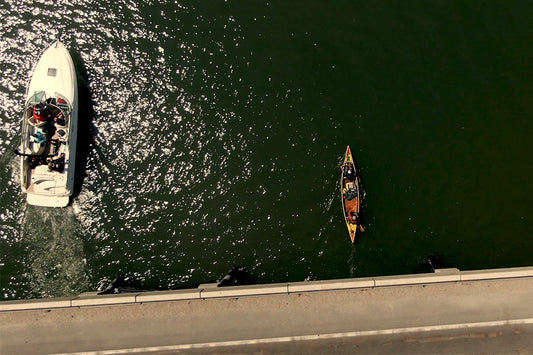Among the more directly engaging ways to experience wild places is foraging for your own food. In a world of supermarkets, there’s something special about taking your sustenance right from the earth yourself. But as with anything, there are good and not-so-good ways to forage. Here are three fundamentals to bear in mind when venturing out for provisions.

Know What You’re Harvesting
One of the more famous foraging quips is, “All fungi are edible. Some fungi are only edible once.” The takeaway, of course, is to make sure you know what you’re gathering, but that doesn’t stop with your own bodily health. Are you foraging from a perennial (plants that live through several seasons) or an annual (plants that survive only one season)? The former can be as safe and easy as plucking an apple from a tree, but the latter can rob a plant of its one and only opportunity to reproduce. Also consider whether you’re foraging from something common or rare, indigenous or invasive. Blackberry bushes and dandelions are both edible, and are also common to the point of many a property owner’s frustration.
![Bear's Head Tooth Mushroom [Hericium]](https://cdn.shopify.com/s/files/1/1811/1477/files/Skykomish-511.jpg?v=1628701262)
Take Only What You Need
Inverse to the blackberry or dandelion, avoid foraging from anything endangered and be sure to research the area you’ll be gathering in before heading out. When you do forage, resist the temptation to stock up without restraint. Wherever possible, avoid harvesting the entire plant. Take only a portion of the available fruit, for instance, or only the above-ground part of a plant so that the bulb, tuber, or roots can regrow over time.
Understand the Land
In addition to the plants and mushrooms you may be gathering, learn about the land they occupy. Is it private property? You don’t want to get a bagful of someone else’s produce. And if it is public land, are there any regulations governing foraging? Many such restrictions exist for the proliferation of the flora, the fauna that makes use of it, and to prevent trampling from regular gatherers.






0 Comments